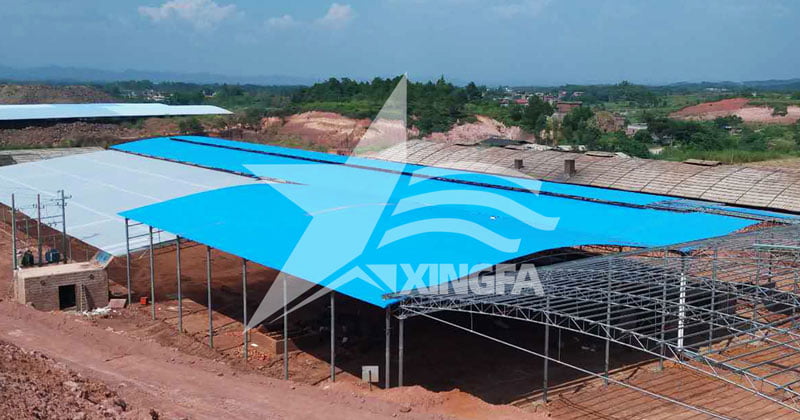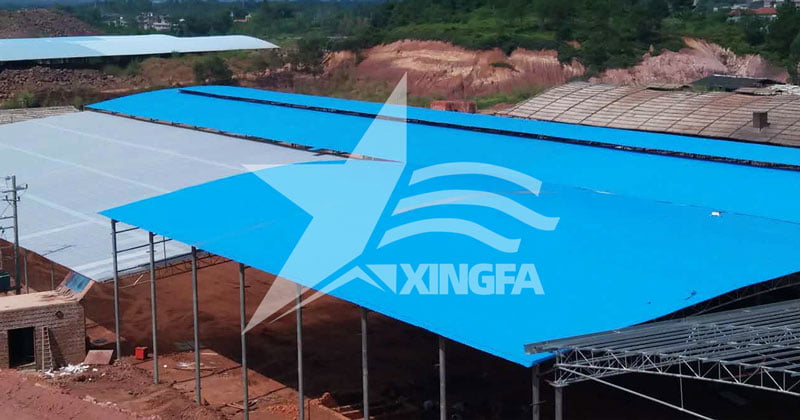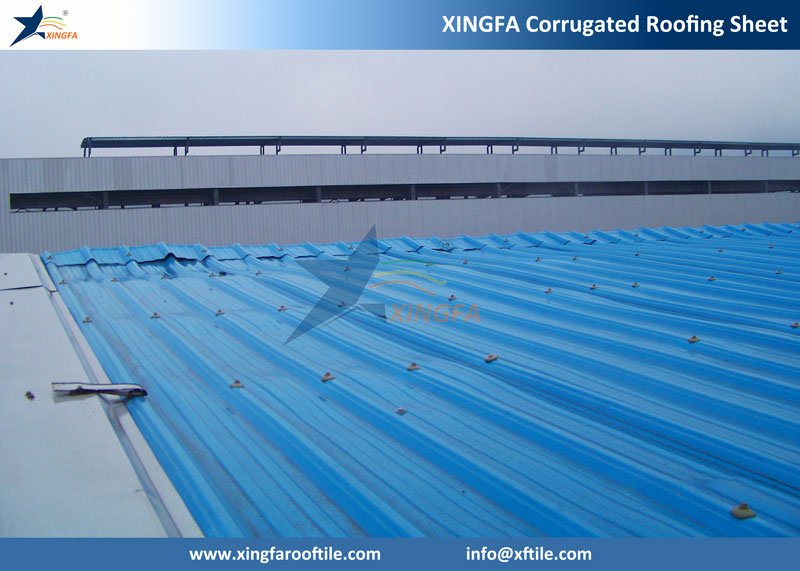In recent years, corrugated steel roofing has been widely used in rural areas for roofing and wall materials due to its lightweight, corrosion-resistant, and waterproof properties. However, over time, some safety hazards have emerged, prompting many local governments and relevant authorities to call for its removal.

Safety Hazards of Corrugated Steel Roofing
Aging and Damage
Corrugated steel roofing is susceptible to oxidation, corrosion, and mechanical wear over long-term use, which can decrease its strength and stability. This deterioration increases the risk of leaks and panels falling off, posing significant safety hazards.

Waterproofing Issues
Seams in corrugated steel roofing are prone to leakage, particularly during heavy winds and rainstorms. This can result in moisture damage inside homes, leading to issues like dampness and furniture damage, significantly affecting residents’ quality of life.
Climate Vulnerability
Extreme weather conditions such as storms, hail, and intense sunlight can further damage corrugated steel roofing, exacerbating safety risks. These materials are not always well-suited to withstand such environmental stressors.
Government Measures for Safety
To ensure the safety of homes and residents in rural areas, the removal of aging and damaged corrugated steel roofing has become a key initiative for local governments. The promotion of safer and more durable building materials, such as synthetic resin tiles, is also encouraged to enhance the seismic and waterproof performance of houses. Additionally, government bodies should strengthen regulations and establish relevant policies and standards to promote the sustainable development of rural housing.

Future Directions
New building materials like synthetic resin tiles are likely to become an important choice for rural construction. By continuously improving and promoting safer, more environmentally friendly building materials, we can extend the lifespan of rural homes, provide a safer and more comfortable living environment, and support the advancement of rural development to new stages.
